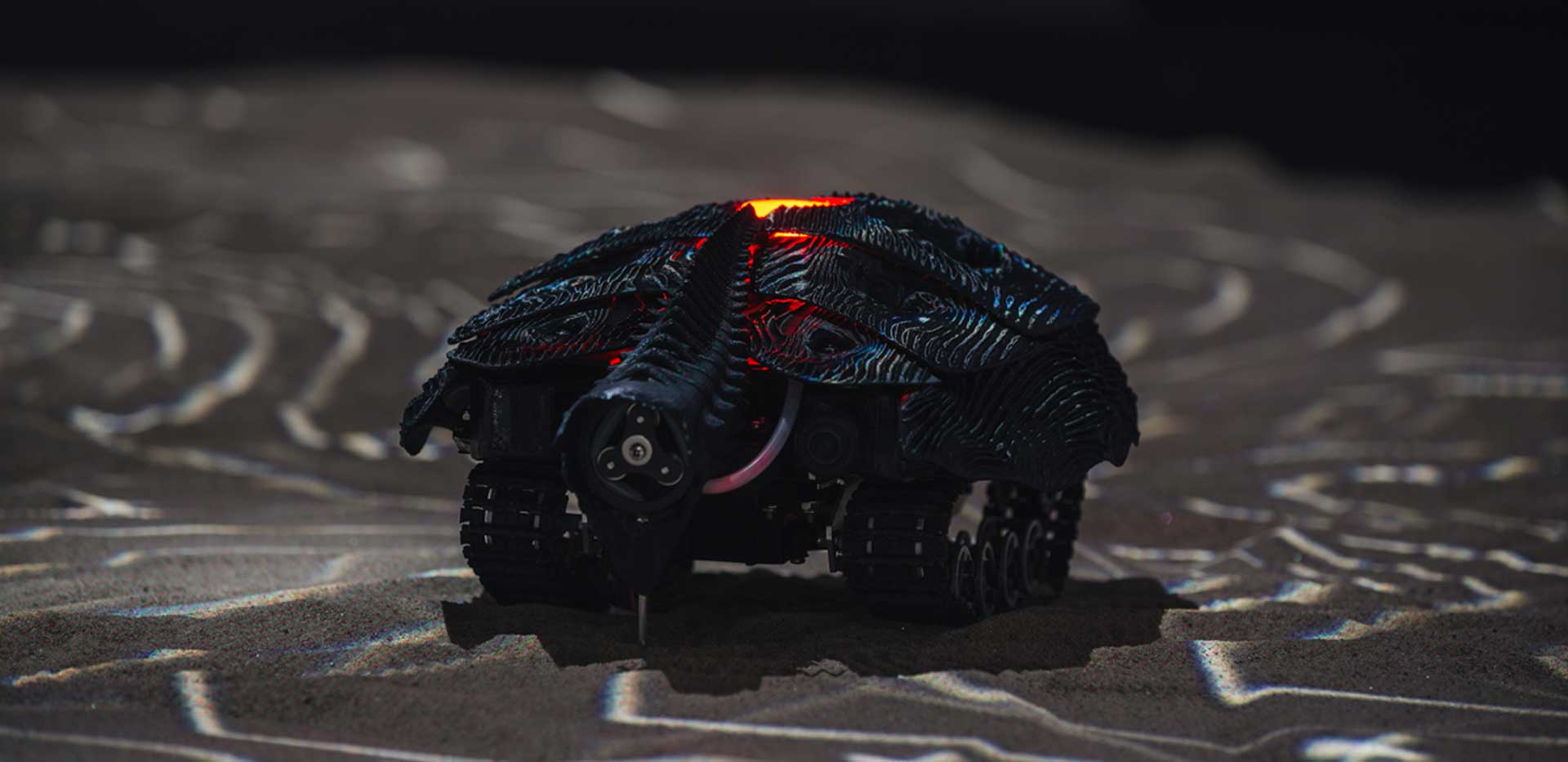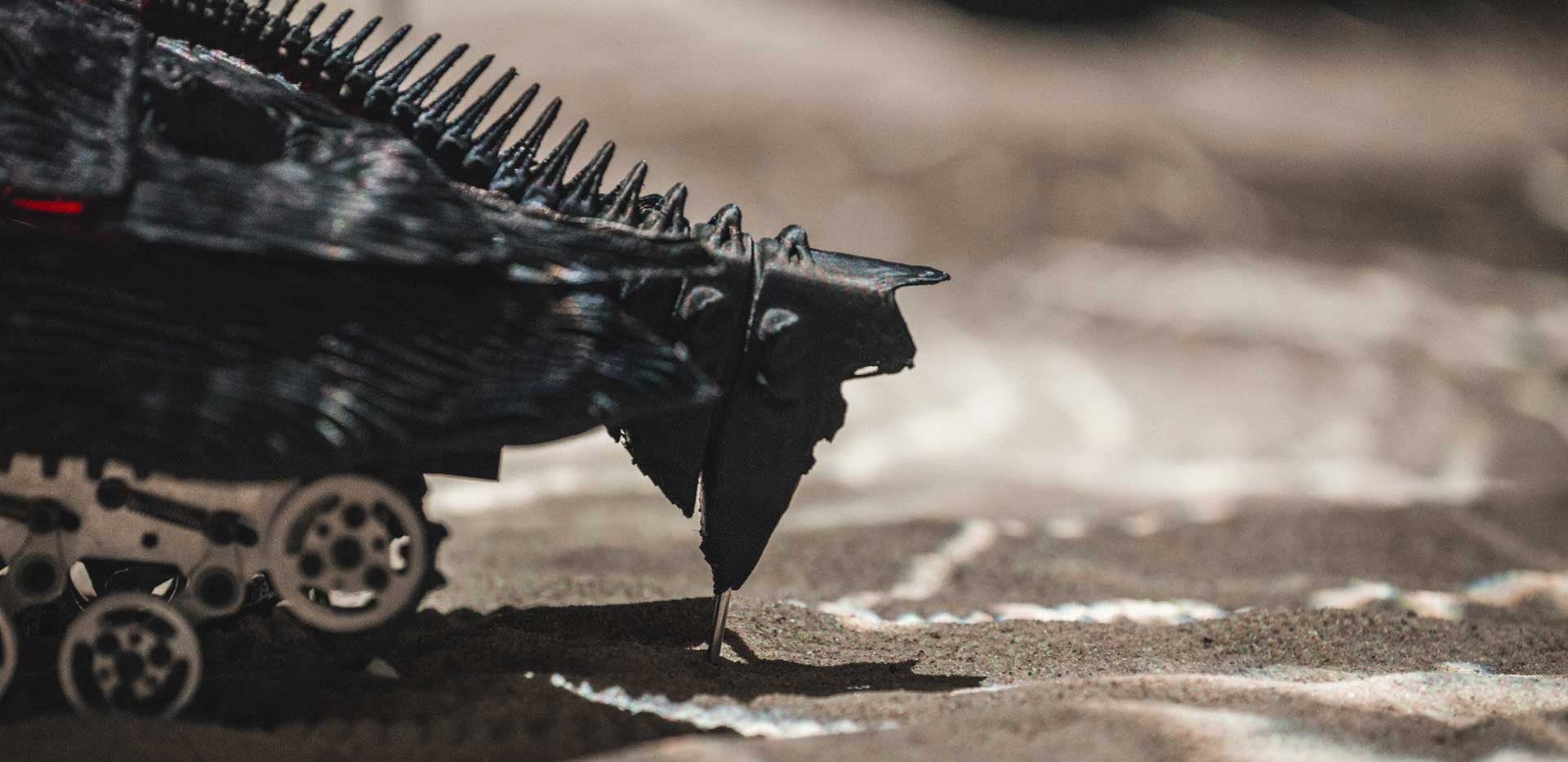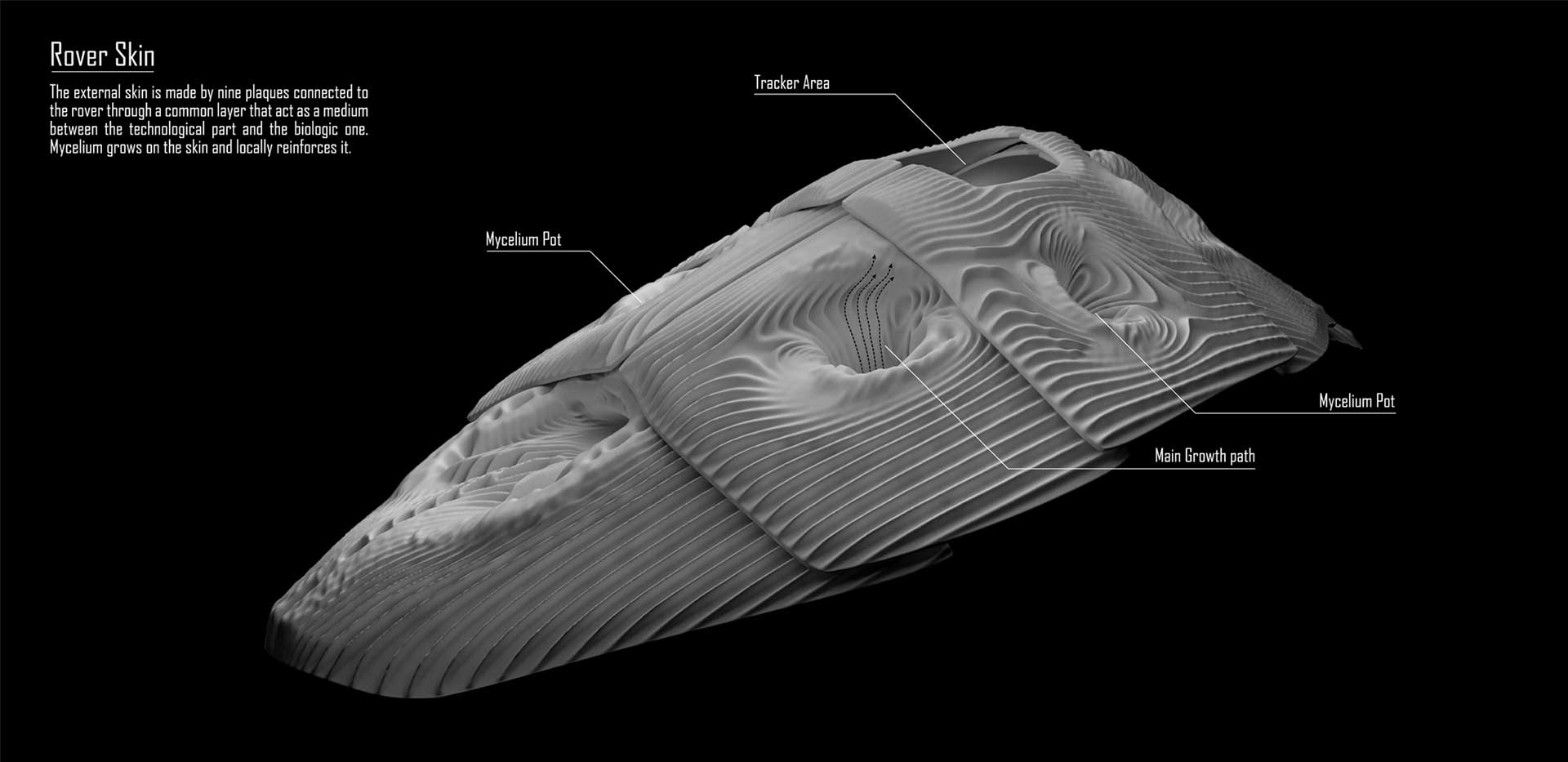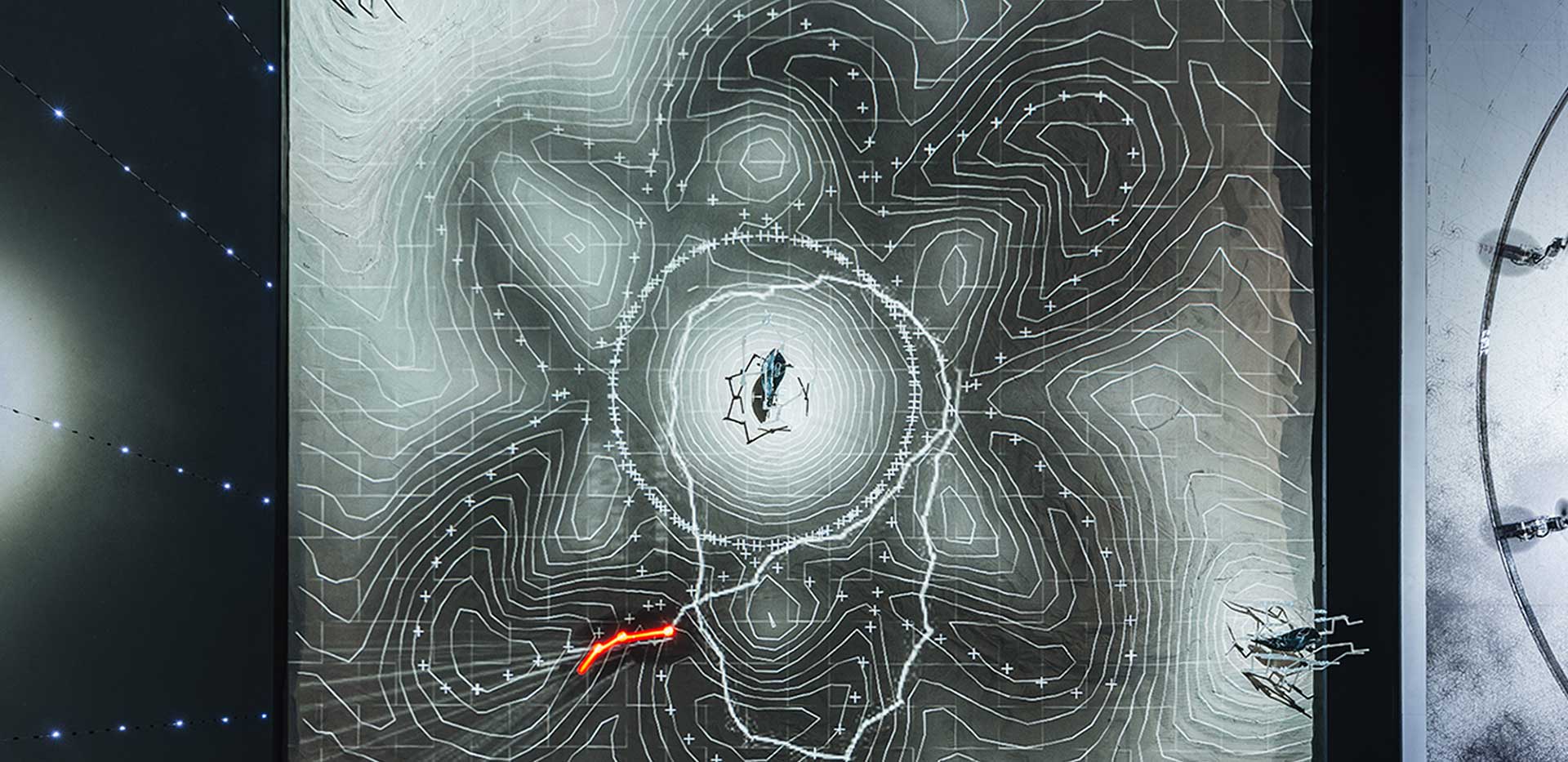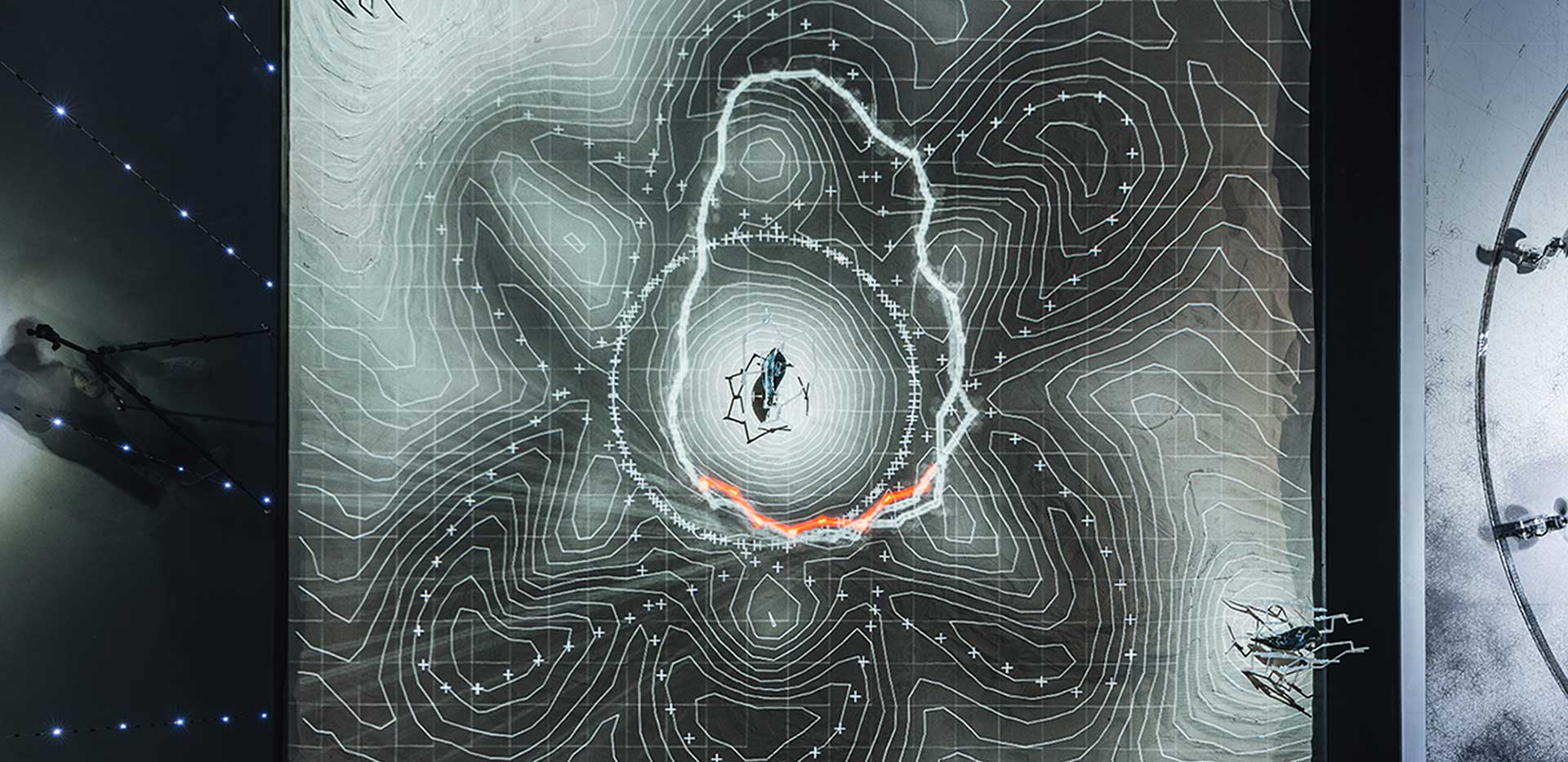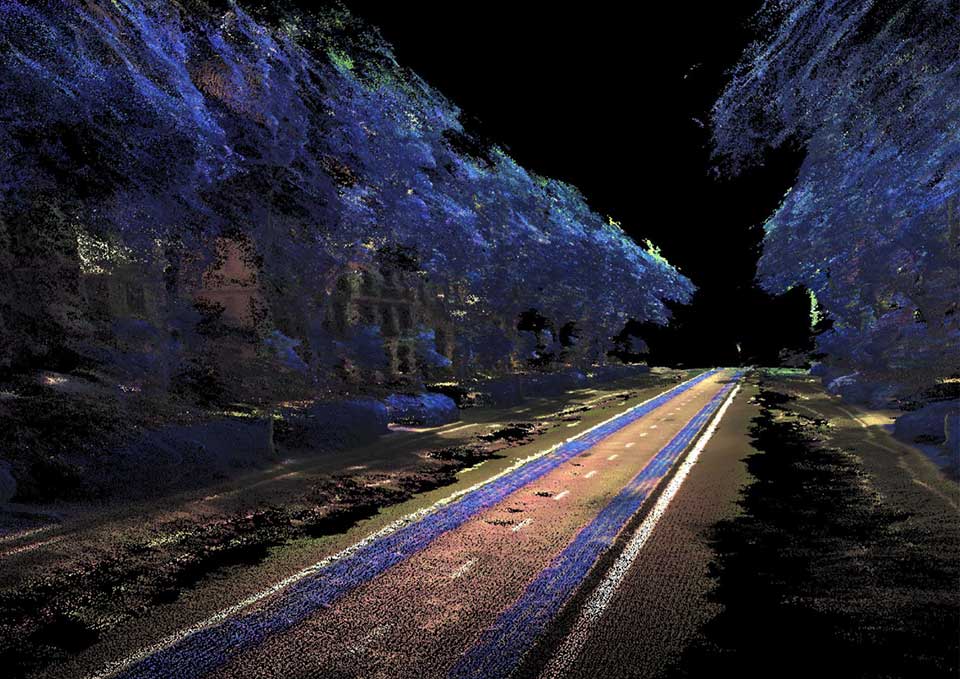The Curatorial Exhibition
Anthropocene Island explores a design method operating at the confluence of biology, computation and design. It explores a non-anthropocentric point of view on urbanity, based on the realization that in our contemporary global world it is impossible to trace a clear distinction between nature and artifice, landscape and city, and ultimately between the biosphere and the urban sphere.
Towards Self-sufficiency
Deep learning has paved the way for machines to expand beyond narrow capabilities to soon achieving human-level performance on intellectual tasks. However, as A.I. establishes its place within humans, Society will need to develop a framework for both to thrive. A new form of artificial life will emerge, finding space at the peripheries of humanity in order to not compete for human-dominated resources. A.I. will attempt to improve its operating surroundings to not just survive but be self-sustaining, forming the basis of a civilization constrained at the intersection of Nature and Technology. These emerging robotic organisms will begin to manipulate its environment, process resources and shape new habitats through symbiotic associations among the elements in it.
This evolving society will trigger the need for robots to evolve into different species, each performing specific tasks. Drones will explore the environment searching for resources to manipulate, sending inputs and instructions to direct ground-based activities.
Infrastructures will be built to guarantee life and continuity, feeding evolving generations, processing nutrients and bacterias. A new robotic habitat shaped by autonomous species driven by hidden, inaccessible forces.
Beyond artificial
Robotic Habitats aims to question the evolution of artificial intelligence into a new species, operating among the intersection of Nature and Technology in the Paljassaare Peninsula. The installation envisions the rise of a new independent civilization through the extraction and processing of natural resources. The exhibit showcases multiple robots establishing novel symbiotic associations within their surrounding, finally conceiving a natural landscape robotically manipulated. The goal of this exhibit is provoking a discussion around the role of AI within our Society and the rise of a new equilibrium among the forces ruling our World’s ecosystem.
Credits
Year → 2017 / Location → Museum of Estonian Architecture – Eesti Arhitektuurimuuseum Tallinn, Estonia / Parnters → Noumena / EcoLogicStudio / Wasp Madrid / Author →Noumena / Concept: → Aldo Sollazzo / Stuart Maggs / Design →Aldo Sollazzo / Eugenio Bettucchi / Marco Sanalitro / Digital Fabrication →Aldo Sollazzo, Eugenio Bettucchi, Marco Sanalitro, Laura Civetti, Federica Ciccone, Laura Ruggeri, Pavel Aguilar / Digital Fabrication External Support → Gianluca Pugliese – Wasp Madrid / Programming → Angel Muñoz / Hardware Development: → Angel Muñoz, Cristian Rizzuti / Interaction Design: Cristian Rizzuti / Mycelium Research: Aldo Sollazzo, Adrien Rigobello, Jessica Diaz, Laura Civetti. / PhotographyTõnu Tunnel, Federica Ciccone, Efilena Baseta / VideoEugenio Bettucchi, Aldo Sollazzo / MediaTAB Symposium / Revista Código / Engadget / Designboom / Geekerhertz / 3ders / Dedibot / Blogotech
Contacts
HEADQUARTER
C/ de Cristóbal de Moura, 203,
08019 Barcelona, Spain
CONTACTS
P (+34) 937 420 927
E info@noumena.io




